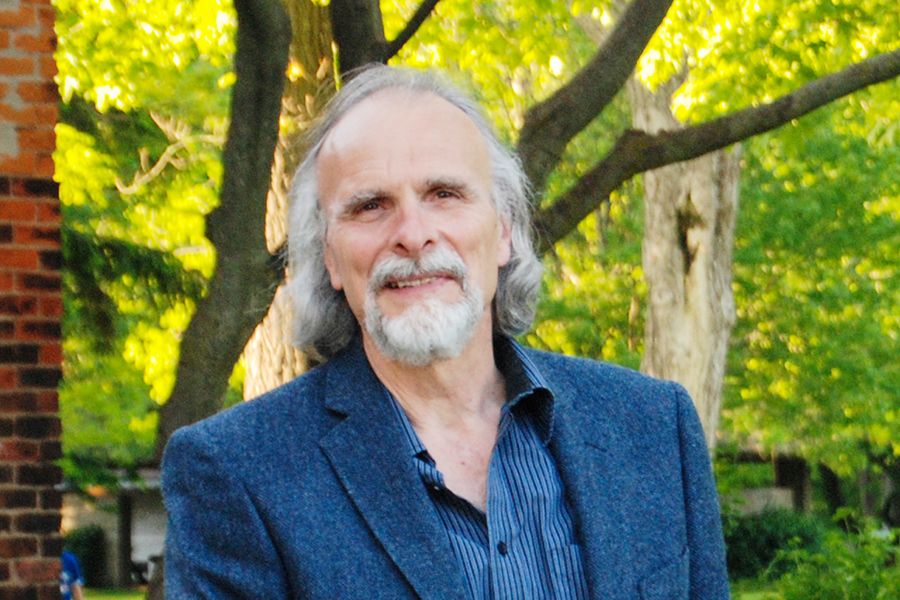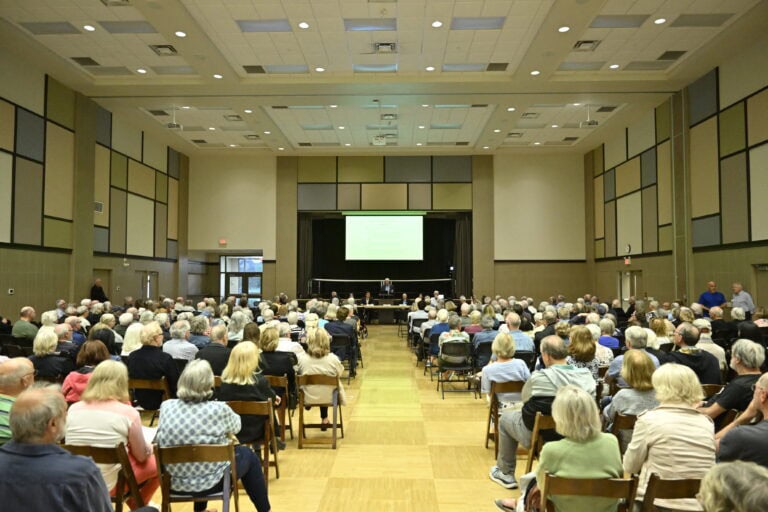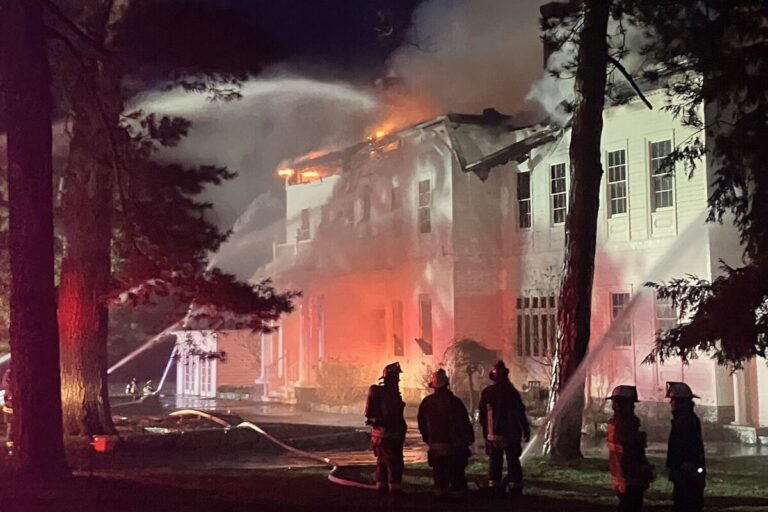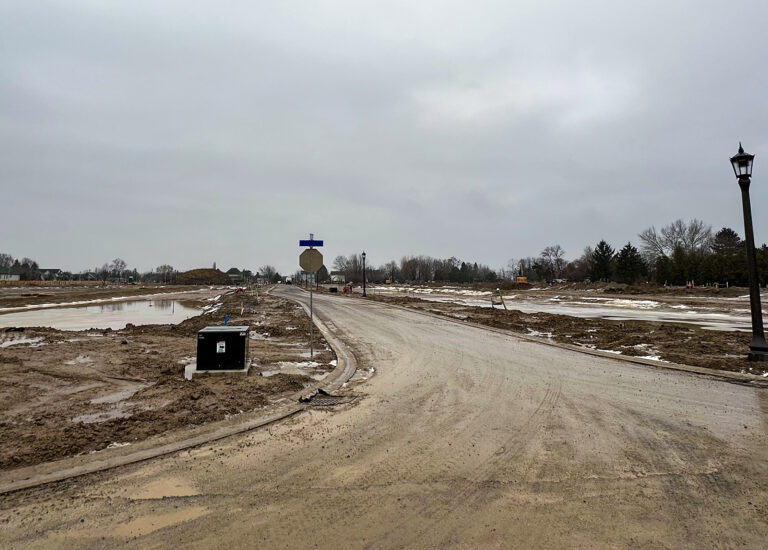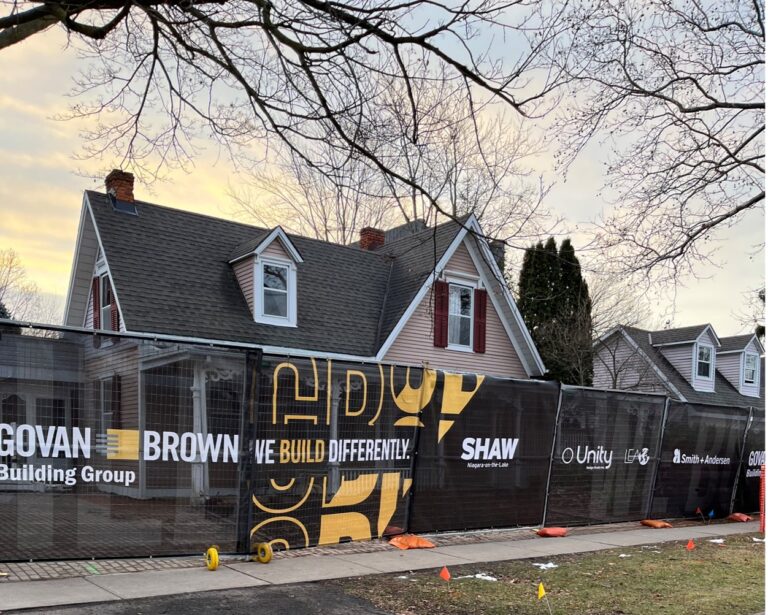Far too often when the term “affordable housing” is used, our minds draw an equivalent to the subsidized housing projects that proliferated across this province during the third quarter of the 20th century.
But, they are two completely different things. So, let’s take a moment to put some parameters around this term.
In short, what we are talking about is the creation of dwellings that can be purchased (or rented) at a dollar amount that allows folks whose household income is insufficient to obtain a mortgage on a market-priced property to achieve home ownership. There is no subsidy involved.
The purchaser is required to conform to standard down payment thresholds and qualify for a mortgage under normal financing rules, which they can do because the purchase price is low enough for them to qualify.
And we are not talking here about “tiny homes” or a cubicle in the sky. These are reasonable, albeit modest, well-appointed dwellings that have been thoughtfully designed and are contextually appropriate.
How is this possible without ongoing government subsidies?
To answer that question, let’s take a trip into the heart of free-market capitalism: the eastern seaboard of the United States and visit Martha’s Vineyard, Mass.
With a population of about 17,300 and covering an area of 226 square kilometres, Martha’s Vineyard is a tourist destination in which the majority of landowners represent an older demographic and vacation home owners (stats similar to Niagara-on-the-Lake).
In the last 20 years, property prices have skyrocketed and rental accommodation, even when available, command premiums (in 2019, monthly rent of a modest one-bedroom basement apartment was north of U.S. $2,000).
Despite very handsome sector wages, the hospitality industry was chronically short-staffed and even the hospital faced high levels of turnover with ongoing recruiting challenges. Quite simply, the lifeblood of a viable community could not afford to live there.
Since Martha’s Vineyard happens to be an island, this community issue became acute much more quickly than it would have on the mainland. With this motivation forcing creativity, key players representing public and private interests envisioned a concept and came together to translate that vision into reality.
They created the Island Housing Trust, a non-profit Community Land Trust with a mandate to create and sustain permanently affordable housing.
The model they developed lowers the cost of homeownership by eliminating the land cost through land leases (similar to homes on Toronto’s Centre Island), economies of scale for construction and no-profit on the builds.
The caveat for new homeowners (registered on title) is, should they decide to sell their home, it must be sold at an “affordable” price to another low- or moderate-income family.
The success of this trust is undeniable, but it took establishing a joint effort of individual citizens, private corporations (including a financial institution), resident groups and two levels of government to make it happen.
While this sounds like a monumental challenge, the fact it happened in very short order reflects a commonly held understanding that a community that does not include all demographics is destined for failure and death.
As Canadians we have the precedent of Wartime Housing Limited and international examples of folks successfully fighting to save the future of their communities. Can Niagara-on-the-Lake be saved? The answer to that question is up to you.
For further reading on the Island Land Trust, go to www.ihtmv.org.



